Milkyway Season 2015 Started

Milkyway Season 2015 Started
More Posts from Night-hides-the-world and Others
![Elephant’s Trunk Nebula, 13 Hours Of Ha And Oiii [OC][3711 X 3009]](https://64.media.tumblr.com/f9fbe34024ea66a180ea1571b93d710d/tumblr_pd4cmwZDkF1rcl722o1_500.jpg)
Elephant’s Trunk Nebula, 13 hours of Ha and Oiii [OC][3711 x 3009]

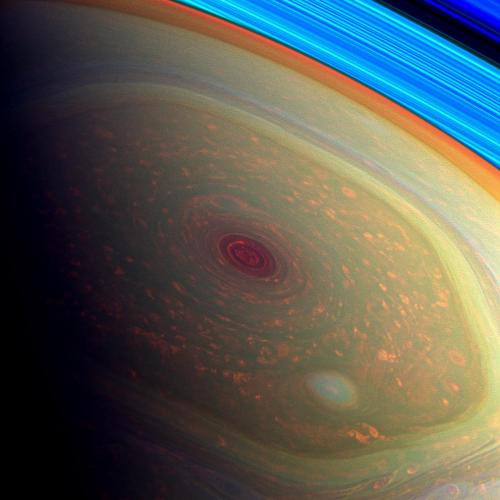
Saturns Swirling Cloudscape
js
COMPARISON PHOTOS: hubble vs james webb
SMACS 0723
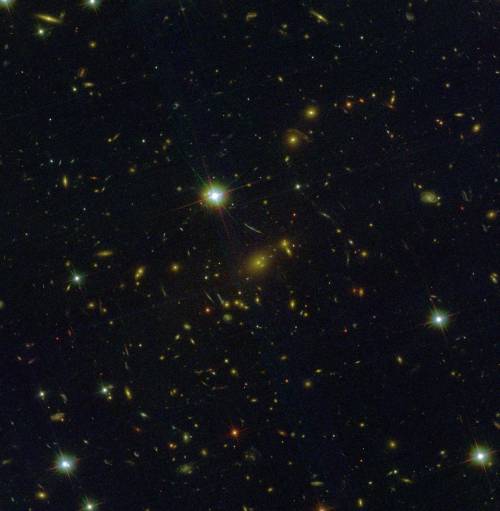
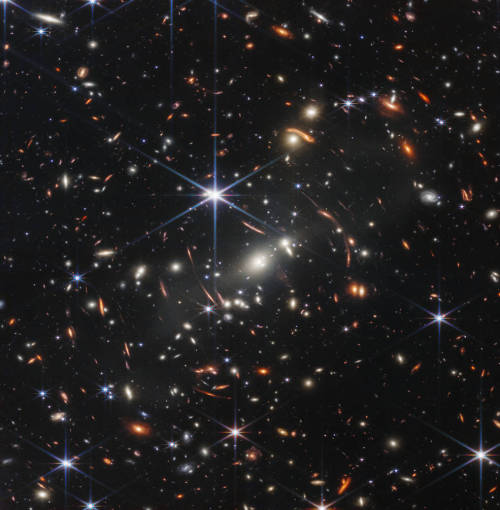
southern ring nebula

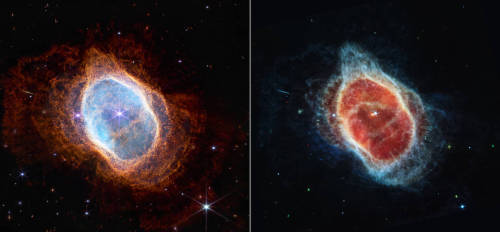
carina nebula (NGC 3324)
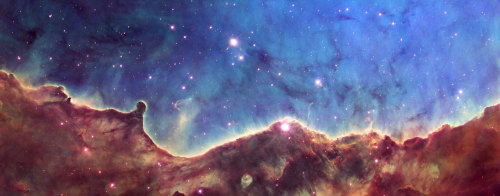
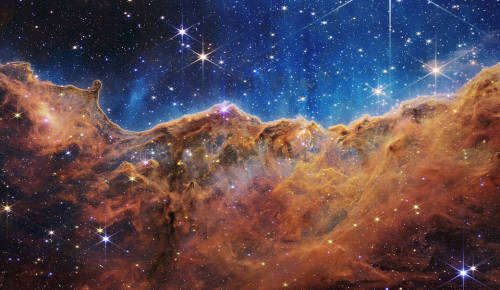
stephan's quintet


Gobble Up These Black (Hole) Friday Deals!
Welcome to our 6th annual annual Black Hole Friday! Check out these black hole deals from the past year as you prepare to head out for a shopping spree or hunker down at home to avoid the crowds.
First things first, black holes have one basic rule: They are so incredibly dense that to escape their surface you’d have to travel faster than light. But light speed is the cosmic speed limit … so nothing can escape a black hole’s surface!
Black hole birth announcements
Some black holes form when a very large star dies in a supernova explosion and collapses into a superdense object. This is even more jam-packed than the crowds at your local mall — imagine an object 10 times more massive than the Sun squeezed into a sphere with the diameter of New York City!

Some of these collapsing stars also signal their destruction with a huge burst of gamma rays. Our Fermi Gamma-ray Space Telescope and Neil Gehrels Swift Observatory continuously seek out the signals of these gamma ray bursts — black hole birth announcements that come to us from across the universe.
NICER black holes
There are loads of stellar mass black holes, which are just a few 10s of times the Sun’s mass, in our home galaxy alone — maybe even hundreds of millions of them! Our Neutron Star Interior Composition Explorer, or NICER for short, experiment on the International Space Station has been studying some of those relatively nearby black holes.

Near one black hole called GRS 1915+105, NICER found disk winds — fast streams of gas created by heat or pressure. Scientists are still figuring out some puzzles about these types of wind. Where do they come from, for example? And do they change the way material falls into the black hole? Every new example of these disk winds helps astronomers get closer to answering those questions.
Merging monster black holes
But stellar mass black holes aren’t the only ones out there. At the center of nearly every large galaxy lies a supermassive black hole — one with the mass of millions or billions of Suns smooshed into a region no bigger than our solar system.

There’s still some debate about how these monsters form, but astronomers agree that they certainly can collide and combine when their host galaxies collide and combine. Those black holes will have a lot of gas and dust around them. As that material is pulled into the black hole it will heat up due to friction and other forces, causing it to emit light. A group of scientists wondered what light it would produce and created this mesmerizing visualization showing that most of the light produced around these two black holes is UV or X-ray light. We can’t see those wavelengths with our own eyes, but many telescopes can. Models like this could help scientists know what to look for to spot a merger.
Black holes power bright gamma ray lights
It also turns out that these supermassive black holes are the source of some of the brightest objects in the gamma ray sky! In a type of galaxy called active galactic nuclei (also called “AGN” for short) the central black hole is surrounded by a disk of gas and dust that’s constantly falling into the black hole.

But not only that, some of those AGN have jets of energetic particles that are shooting out from near the black hole at nearly the speed of light! Scientists are studying these jets to try to understand how black holes — which pull everything in with their huge amounts of gravity — provide the energy needed to propel the particles in these jets. If that jet is pointed directly at us, it can appear super-bright in gamma rays and we call it a blazar. These blazars make up more than half of the sources our Fermi space telescope sees.
Catching particles from near a black hole
Sometimes scientists get a two-for-one kind of deal when they’re looking for black holes. Our colleagues at the IceCube Neutrino Observatory actually caught a particle from a blazar 4 billion light-years away. IceCube lies a mile under the ice in Antarctica and uses the ice itself to detect neutrinos, tiny speedy particles that weigh almost nothing and rarely interact with anything. When IceCube caught a super-high-energy neutrino and traced its origin to a specific area of the sky, they turned to the astronomical community to pinpoint the source.

Our Fermi spacecraft scans the entire sky about every three hours and for months it had observed a blazar producing more gamma rays than usual. Flaring is a common characteristic in blazars, so this didn’t attract special attention. But when the alert from IceCube came through, scientists realized the neutrino and the gamma rays came from the same patch of sky! This method of using two or more kinds of signals to learn about one event or object is called multimessenger astronomy, and it’s helping us learn a lot about the universe.

Get more fun facts and information about black holes HERE and follow us on social media today for other cool facts and findings about black holes!
Make sure to follow us on Tumblr for your regular dose of space: http://nasa.tumblr.com.

The glow of ionized hydrogen in the Flame Nebula, in Orions belt, by Adam Block
js
Hubble has discovered a dwarf star that devours its own solar system. It's like a cosmic cannibal

Astronomers used archival data from the Hubble Space Telescope and other observatories to analyze the spectral properties of the white dwarf star G238-44.
Detected elements show that the dead star swallows debris from both the inside and the outside of its system. It's a case of "cosmic cannibalism," say the study's authors, published on the Hubble Telescope website.
G238-44 was a Sun-like star that lost its outer layers and no longer burned fuel through nuclear fusion. The discovery that stellar debris simultaneously captures matter from its asteroid belt and Kuiper belt-like regions at the edge of the solar system, including ice bodies, is significant because it suggests that a "water tank" may be a common feature in outer areas. of planetary systems.
‼️When a star like the Sun expands and becomes a red giant, at the end of its life, it loses mass by releasing its outer layers.
➡️A consequence of this may be the gravitational scattering of small objects, such as asteroids, comets and satellites, to the large planets in the system. Hit in this way, surviving objects can be thrown into very eccentric orbits.‼️
☑️ "After the phase of the red giant, the remaining white dwarf star is compact - no bigger than Earth. The planets get very close to the star and experience strong forces of attraction that break them to pieces, creating a disk of gas and dust that eventually falls on the surface of the white dwarf star, "said Johnson.
-
 geirhildur liked this · 8 years ago
geirhildur liked this · 8 years ago -
 ecto-cookies reblogged this · 8 years ago
ecto-cookies reblogged this · 8 years ago -
 natural-sundries reblogged this · 8 years ago
natural-sundries reblogged this · 8 years ago -
 styxthirio reblogged this · 8 years ago
styxthirio reblogged this · 8 years ago -
 nonbiriya reblogged this · 8 years ago
nonbiriya reblogged this · 8 years ago -
 koochiekilla reblogged this · 9 years ago
koochiekilla reblogged this · 9 years ago -
 iwillscream-louder reblogged this · 9 years ago
iwillscream-louder reblogged this · 9 years ago -
 stinkywrinkles liked this · 9 years ago
stinkywrinkles liked this · 9 years ago -
 depthsofmysol reblogged this · 9 years ago
depthsofmysol reblogged this · 9 years ago -
 the-lemon-is-in-play reblogged this · 9 years ago
the-lemon-is-in-play reblogged this · 9 years ago -
 nightsims reblogged this · 9 years ago
nightsims reblogged this · 9 years ago -
 nightsims liked this · 9 years ago
nightsims liked this · 9 years ago -
 amatoralatus liked this · 9 years ago
amatoralatus liked this · 9 years ago -
 bending-sickle reblogged this · 9 years ago
bending-sickle reblogged this · 9 years ago -
 icarus-suraki reblogged this · 9 years ago
icarus-suraki reblogged this · 9 years ago -
 infinitemonkeytheatre reblogged this · 9 years ago
infinitemonkeytheatre reblogged this · 9 years ago -
 too-muchfun reblogged this · 9 years ago
too-muchfun reblogged this · 9 years ago -
 gyooyolo liked this · 9 years ago
gyooyolo liked this · 9 years ago -
 missaciddiamonds liked this · 9 years ago
missaciddiamonds liked this · 9 years ago -
 tempest23 reblogged this · 9 years ago
tempest23 reblogged this · 9 years ago -
 satansnightstand liked this · 9 years ago
satansnightstand liked this · 9 years ago -
 yeos-in liked this · 9 years ago
yeos-in liked this · 9 years ago -
 luna-the-dreamer reblogged this · 9 years ago
luna-the-dreamer reblogged this · 9 years ago -
 ihavethetouch reblogged this · 9 years ago
ihavethetouch reblogged this · 9 years ago -
 kingdomgalaxy liked this · 9 years ago
kingdomgalaxy liked this · 9 years ago -
 adreamerlieshere reblogged this · 9 years ago
adreamerlieshere reblogged this · 9 years ago -
 megs-the-magnificent liked this · 9 years ago
megs-the-magnificent liked this · 9 years ago -
 lottauntamo-blog liked this · 9 years ago
lottauntamo-blog liked this · 9 years ago -
 skroku reblogged this · 9 years ago
skroku reblogged this · 9 years ago -
 socksblazethechesnutphase liked this · 9 years ago
socksblazethechesnutphase liked this · 9 years ago -
 francisca liked this · 9 years ago
francisca liked this · 9 years ago -
 space-den reblogged this · 9 years ago
space-den reblogged this · 9 years ago
Astronomy and the other wonders you witness when you look to the skies.
115 posts

